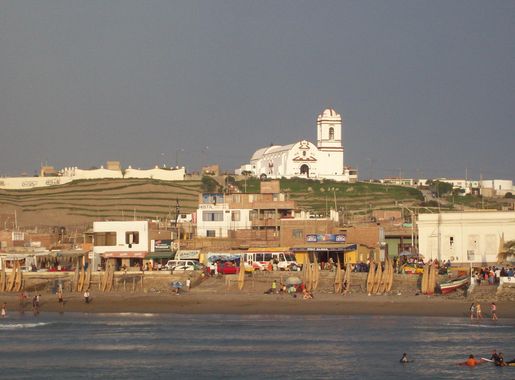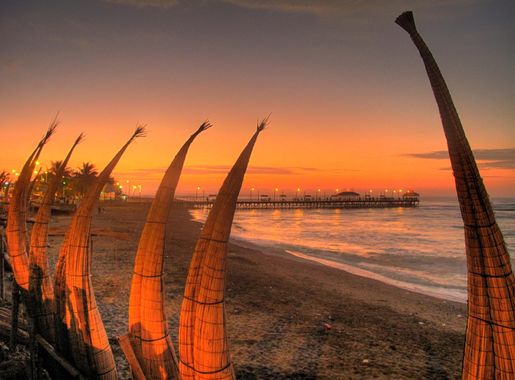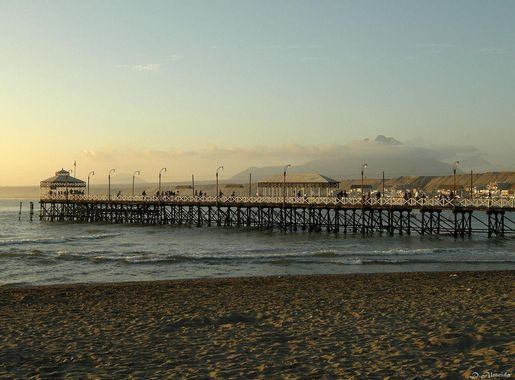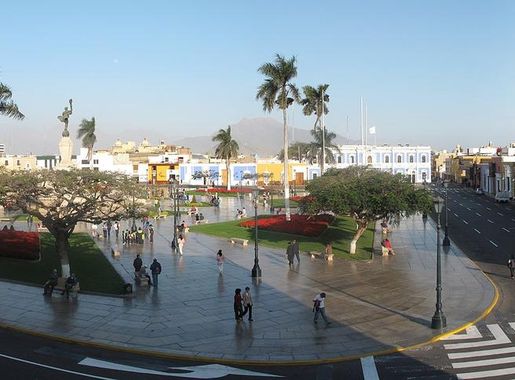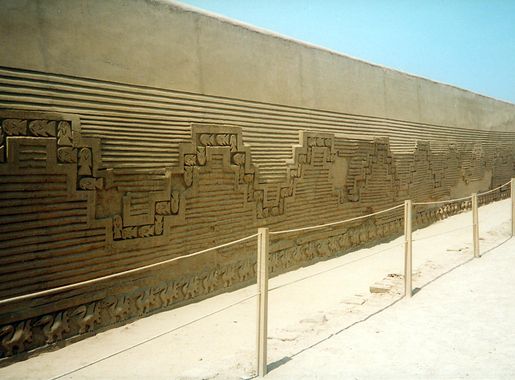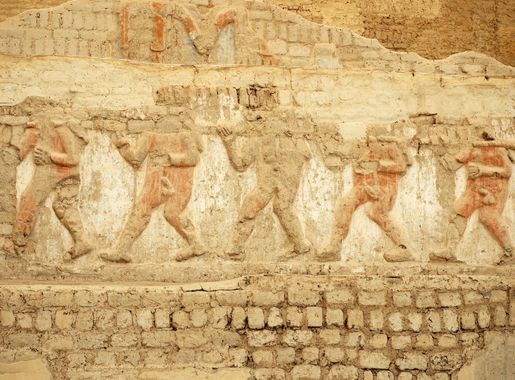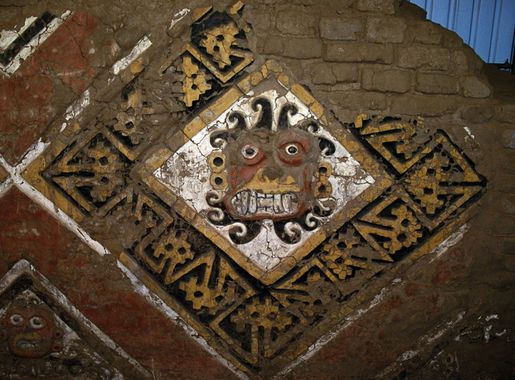
Huanchaco: Surf, Sun, and Ancient Culture
Discover Huanchaco: Peru's coastal gem with golden beaches, ancient traditions, and a vibrant surf culture.
Huanchaco is a captivating coastal town located in Trujillo, Peru. Known for its golden sandy beaches and world-class surf spots, Huanchaco is a haven for beach lovers and surf enthusiasts alike. The town's waves attract surfers from around the globe, making it a vibrant and energetic destination. Beyond its beaches, Huanchaco is steeped in history. The town is famous for its traditional reed boats called 'caballitos de totora', which have been used by local fishermen for thousands of years. Visitors can witness these ancient vessels in action and even take a ride in one to experience the local culture firsthand. Huanchaco also offers a rich culinary scene, with numerous seaside restaurants serving fresh seafood dishes such as ceviche. The town's laid-back atmosphere combined with its historical allure and natural beauty makes it an ideal destination for those looking to relax and explore Peru's coastal heritage.
Local tips in Huanchaco
- Visit early in the morning to see fishermen using traditional reed boats.
- Try the local ceviche at one of the beachside restaurants.
- Bring sunscreen and a hat, as the sun can be quite strong.
- Consider taking a surf lesson; Huanchaco is one of Peru's top surf spots.
- Explore the nearby Chan Chan archaeological site for a deeper historical experience.
Huanchaco: Surf, Sun, and Ancient Culture
Huanchaco is a captivating coastal town located in Trujillo, Peru. Known for its golden sandy beaches and world-class surf spots, Huanchaco is a haven for beach lovers and surf enthusiasts alike. The town's waves attract surfers from around the globe, making it a vibrant and energetic destination. Beyond its beaches, Huanchaco is steeped in history. The town is famous for its traditional reed boats called 'caballitos de totora', which have been used by local fishermen for thousands of years. Visitors can witness these ancient vessels in action and even take a ride in one to experience the local culture firsthand. Huanchaco also offers a rich culinary scene, with numerous seaside restaurants serving fresh seafood dishes such as ceviche. The town's laid-back atmosphere combined with its historical allure and natural beauty makes it an ideal destination for those looking to relax and explore Peru's coastal heritage.
Iconic landmarks you can’t miss
Chan Chan Site Museum
Explore the Chan Chan Site Museum in Huanchaco, Peru, and uncover the rich heritage of the ancient Chimu civilization through captivating exhibits and stunning artifacts.
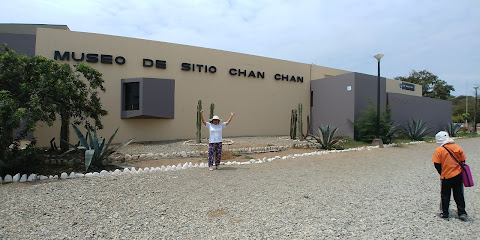
Plaza de armas de Huanchaco
Discover the vibrant charm of Plaza de Armas de Huanchaco, where lush gardens meet coastal serenity in a cultural haven.
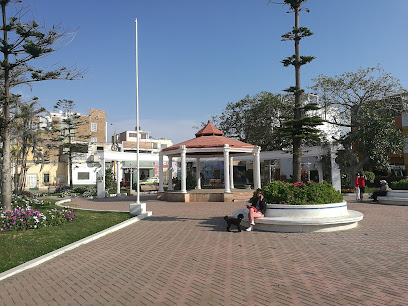
Óvalo Huanchaco
Discover the tranquil beauty of Óvalo Huanchaco, a serene park perfect for relaxation and cultural immersion in Huanchaco, Peru.
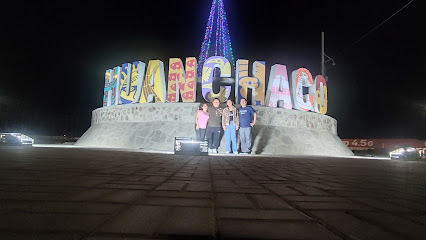
el Mirador De Huanchaco Park
Experience the serene beauty of El Mirador De Huanchaco Park, a coastal paradise offering stunning ocean views and lush landscapes for relaxation.

Ceremonial Plaza
Discover the vibrant culture and history of Huanchaco at Ceremonial Plaza, a captivating landmark showcasing Peru's rich traditions.
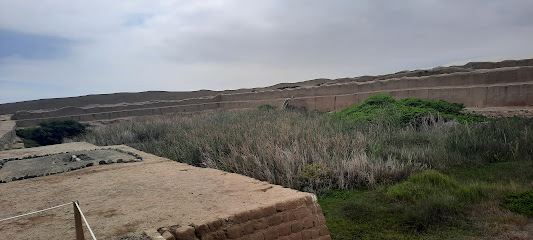
Mirador Huanchaco
Discover breathtaking ocean views at Mirador Huanchaco, a vibrant cultural hub where the beauty of nature meets local tradition.
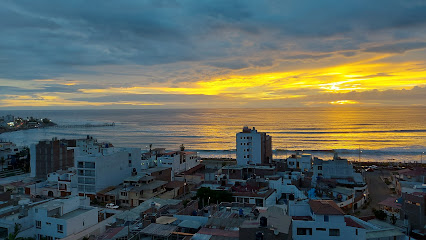
HUANCHACO
Experience the rich history and vibrant culture of Huanchaco, Peru, a coastal town renowned for its traditional fishing boats and stunning beaches.
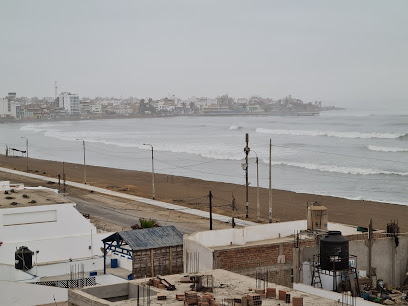
Mass burial site of Huanchaquito
Explore the poignant Mass Burial Site of Huanchaquito in Huanchaco, Peru, an essential stop for history lovers seeking to connect with ancient cultures.

Estatua de la Virgen de Huanchaco
Discover the cultural heritage and natural beauty at the Statue of the Virgin de Huanchaco, a serene park in the heart of Huanchaco, Peru.
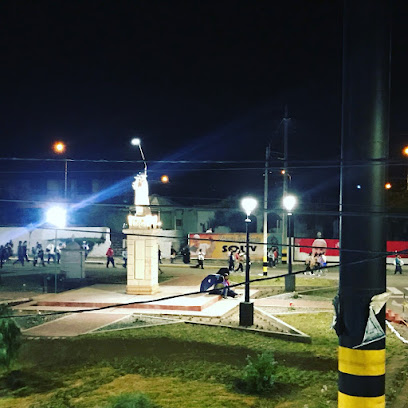
HuanchacoTown | Main Square & Church
Experience the vibrant culture and stunning architecture at Huanchaco's Main Square & Church, a must-visit destination for every traveler.
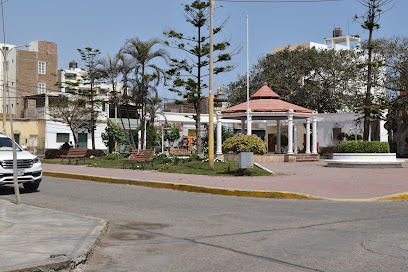
Unmissable attractions to see
Chan Chan Site Museum
Explore the Chan Chan Site Museum in Huanchaco for an unforgettable journey into the ancient Chimu civilization and its remarkable artistry.
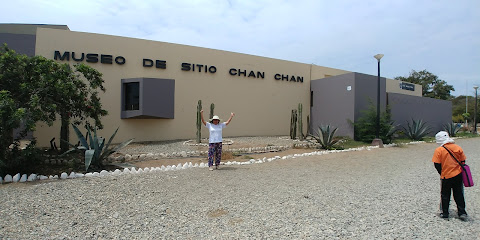
La Huaca del Sol
Discover La Huaca del Sol, an ancient archaeological site in Peru, showcasing the magnificent legacy of the Moche civilization in the Valle de Moche.
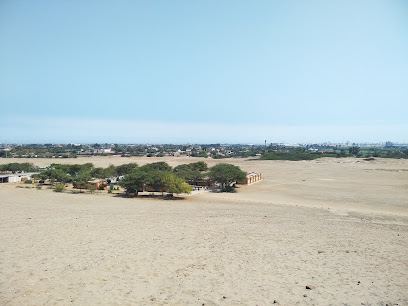
Plaza de armas de Huanchaco
Explore the vibrant Plaza de Armas de Huanchaco, a cultural hub filled with local flavors, scenic views, and community spirit in beautiful coastal Peru.
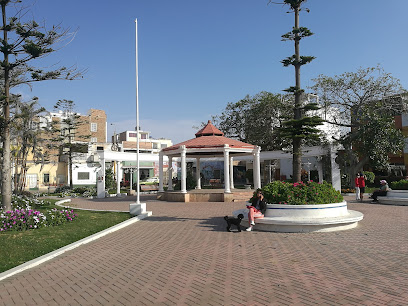
Óvalo Huanchaco
Experience the beauty and culture of Huanchaco at Óvalo Huanchaco, a tranquil park perfect for relaxation and local engagement.
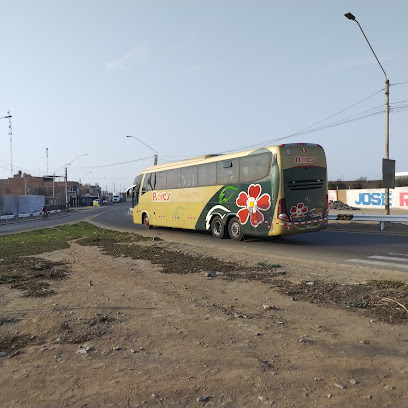
el Mirador De Huanchaco Park
Discover the serene beauty and cultural charm of El Mirador De Huanchaco Park, a coastal gem perfect for relaxation and exploration.
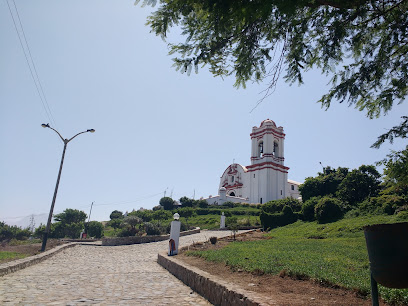
Mirador Huanchaco
Discover the stunning coastal views and vibrant culture at Mirador Huanchaco, a must-visit spot on Peru's northern coast.
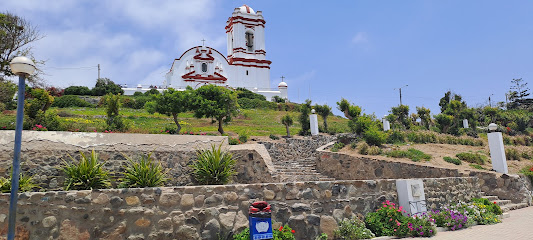
El Trópico, Huanchaco, Trujillo
Experience the cultural richness of Huanchaco at El Trópico Museum, where history and art come together to tell Peru's vibrant story.
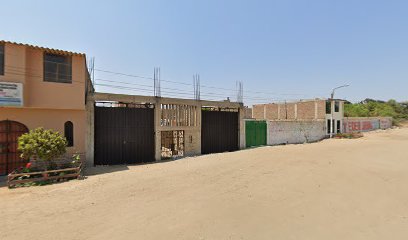
Estatua de la Virgen de Huanchaco
Explore the Estatua de la Virgen de Huanchaco, a serene coastal landmark that embodies spiritual beauty and cultural significance in Huanchaco, Peru.
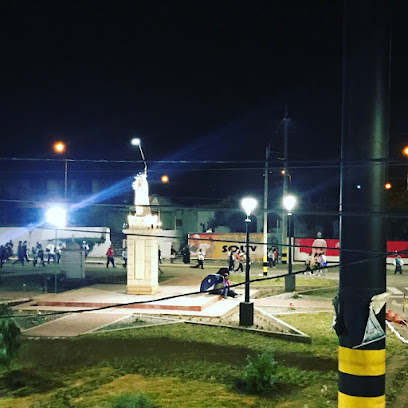
HuanchacoTown | Main Square & Church
Experience the vibrant heart of Huanchaco at the Main Square & Church, a cultural gem showcasing local life and heritage.
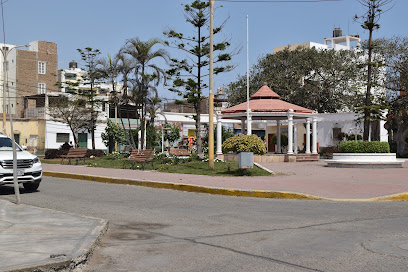
Chayguac An
Discover the hidden beauty of Chayguac An in Huanchaco, Peru, where nature, culture, and tranquility come together for a unique tourist experience.

Essential places to dine
Big Ben Huanchaco
Discover exquisite Peruvian cuisine at Big Ben Huanchaco – where every meal is a delightful experience by the coast.
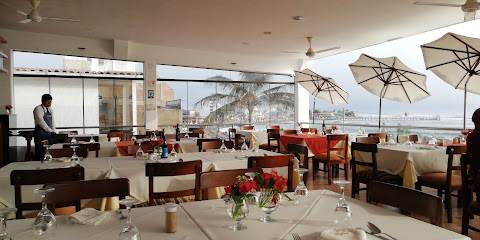
SunKella
Discover SunKella: A must-visit restaurant in Huanchaco offering fresh seafood and breathtaking ocean views.
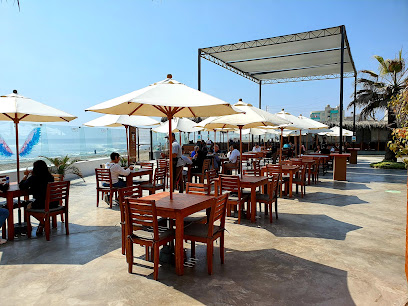
Restaurant Caribe
Experience authentic Peruvian cuisine at Restaurant Caribe in Huanchaco—where fresh ingredients meet coastal charm.
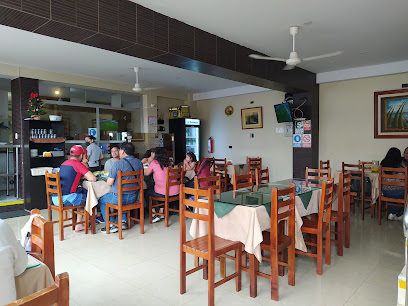
Restaurante El Tramboyo
Experience authentic Peruvian cuisine at Restaurante El Tramboyo in Huanchaco – where fresh ingredients meet coastal charm.
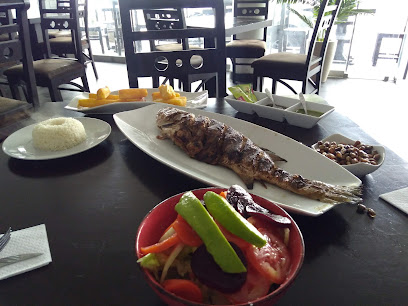
Restaurante Otra Cosa Vegetariano
Discover the vibrant flavors of plant-based cuisine at Restaurante Otra Cosa Vegetariano in beautiful Huanchaco.
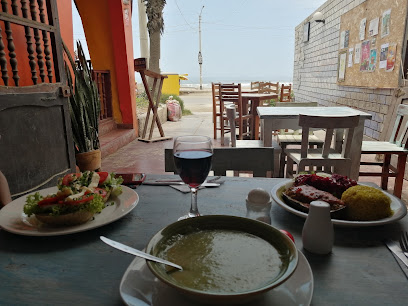
El Paisa
Experience authentic Peruvian cuisine at El Paisa in Huanchaco—where fresh seafood meets coastal charm.
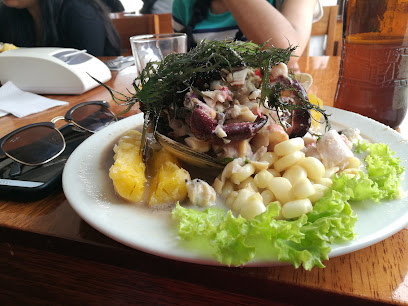
Restaurant Bellagio
Discover authentic Peruvian flavors at Restaurant Bellagio in Huanchaco - a must-visit culinary destination for tourists in Trujillo.
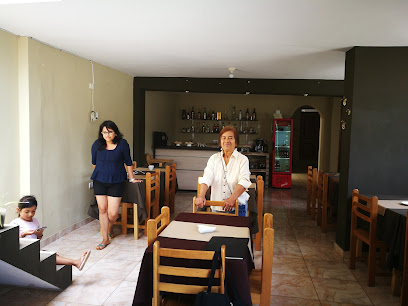
La comida
Experience authentic Peruvian cuisine at La Comida in Huanchaco - a culinary gem where fresh ingredients meet traditional flavors.
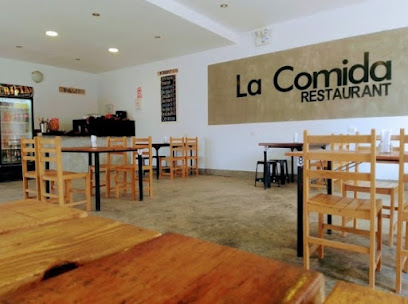
Dr. Carlitos Huanchaco - Restaurant
Experience authentic Peruvian cuisine at Dr. Carlitos Huanchaco, where tradition meets taste in a coastal paradise.

Las lomas de huanchaco Trujillo
Discover exquisite seafood at Las Lomas de Huanchaco in Trujillo - where every bite tells a story of coastal flavors.

Markets, malls and hidden boutiques
Mallplaza Trujillo
Experience the ultimate shopping and entertainment destination at Mallplaza Trujillo, where diverse shops and delicious dining await.
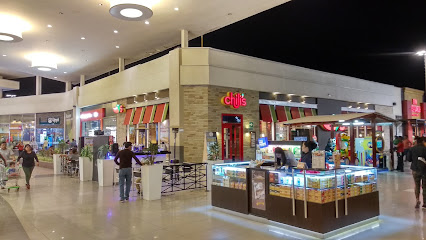
DULCI NELLY
Discover the sweet flavors of Huanchaco at Dulci Nelly, a charming bakery and café known for its delectable pastries and inviting atmosphere.
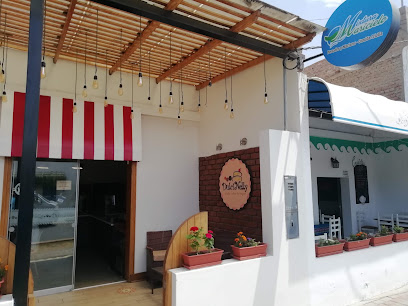
Bodega La Esquina
Discover the flavors of Huanchaco at Bodega La Esquina, the ultimate grocery store and market for fresh local produce and artisanal goods.

Huanchaco Vapers
Experience the essence of relaxation at Huanchaco Vapers, where premium cigars meet the serene ambiance of coastal Peru.

León Market
Discover the vibrant León Market in Huanchaco, where local flavors, artisanal goods, and cultural experiences await every traveler.
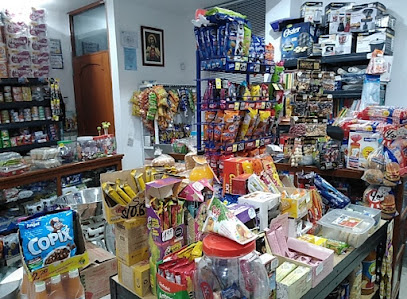
Mugui's Market
Experience Huanchaco's local culture at Mugui's Market, your go-to store for artisanal goods and traditional Peruvian products.
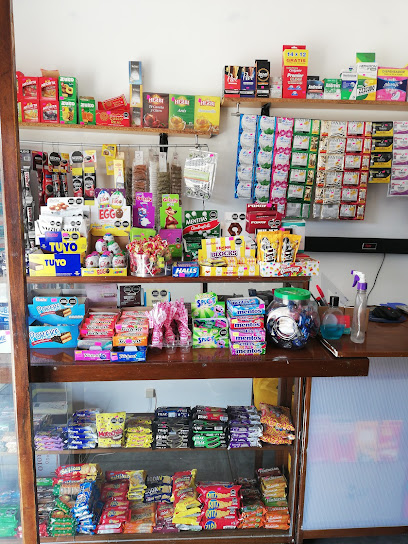
Huanchaco Trade Shop
Explore the vibrant Huanchaco Trade Shop in Trujillo for unique clothing and accessories that celebrate local Peruvian culture and craftsmanship.
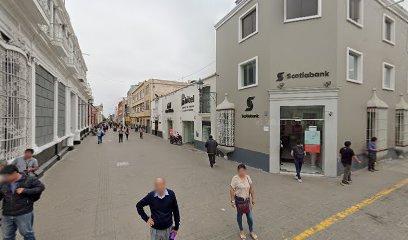
Mamaquecha Market
Explore Mamaquecha Market in Huanchaco for authentic Peruvian home goods and a taste of local culture amid vibrant coastal scenery.

Caballito de Totora Huanchaco Peru
Experience the rich craftsmanship of Peru at Caballito de Totora, a home goods store in Huanchaco offering unique artisanal treasures.
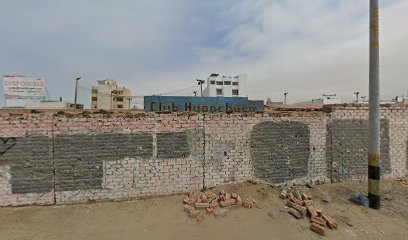
Maya Boutique
Explore the vibrant styles of Peru at Maya Boutique in Huanchaco, where local fashion meets exceptional craftsmanship.
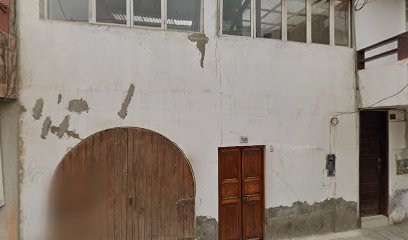
Essential bars & hidden hideouts
BarInsta
Experience the vibrant coastal nightlife at BarInsta in Huanchaco, where refreshing drinks and stunning views await.
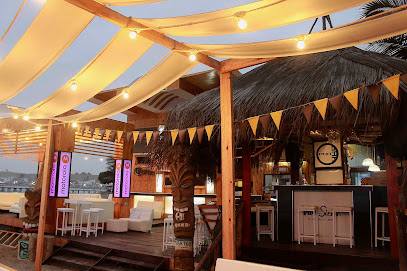
Ibiza Gastro & Bar
Discover the vibrant flavors and lively atmosphere at Ibiza Gastro & Bar in Huanchaco, Peru, where culinary delights meet stunning ocean views.
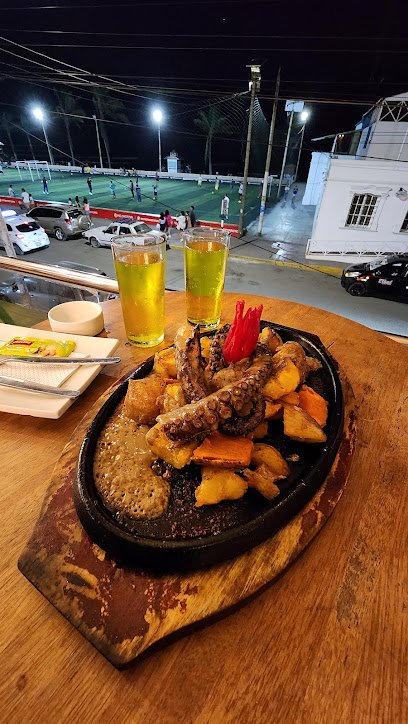
Valhalla Resto - Bar
Experience the vibrant flavors of gastropub cuisine at Valhalla Resto - Bar in Huanchaco, where ocean views meet culinary excellence.
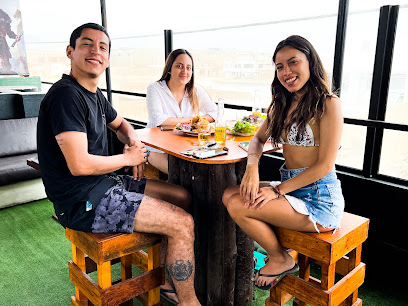
Frogs Beach Bar
Discover the taste of coastal Peru at Frogs Beach Bar, where grilled delights meet stunning ocean views in the heart of Huanchaco.
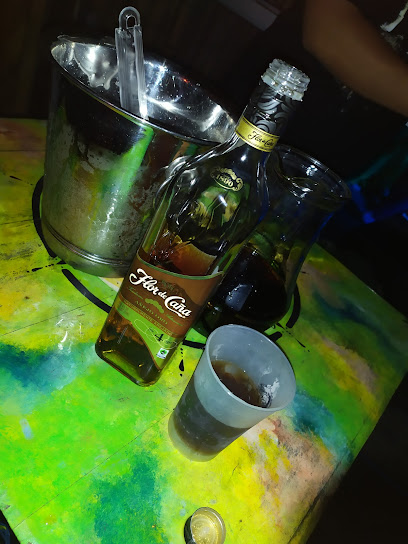
La Mamacha Beach Bar
Experience the vibrant coastal charm at La Mamacha Beach Bar, where local flavors meet the refreshing ocean breeze in Huanchaco, Peru.
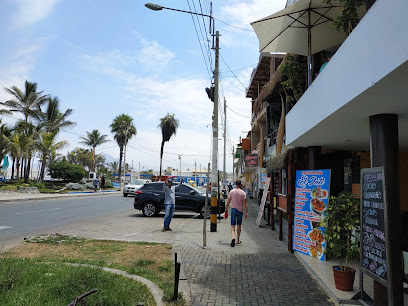
Opium Beach Restobar
Experience the perfect blend of local flavors and ocean views at Opium Beach Restobar, the ultimate gastropub in Huanchaco, Peru.

El Erizo RestoBar
Discover the vibrant culinary scene of Huanchaco at El Erizo RestoBar, where delicious grilled dishes meet the refreshing coastal breeze.
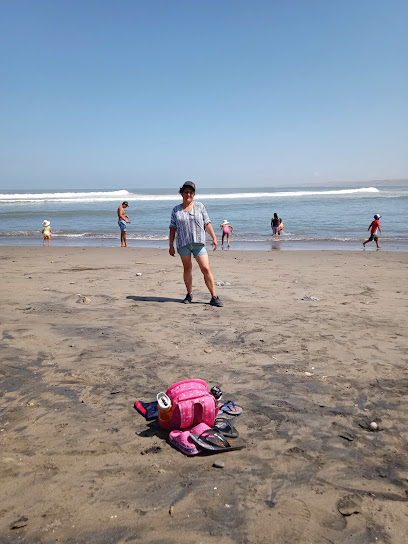
NARA
Experience the vibrant atmosphere of NARA pub in Huanchaco, where local culture meets delicious drinks and live entertainment.
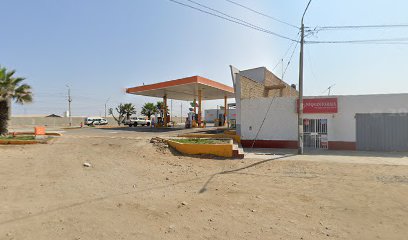
Aguardiente Bar Café & Academia
Immerse yourself in Huanchaco's vibrant nightlife at Aguardiente Bar Café & Academia, where local culture and authentic flavors come alive.
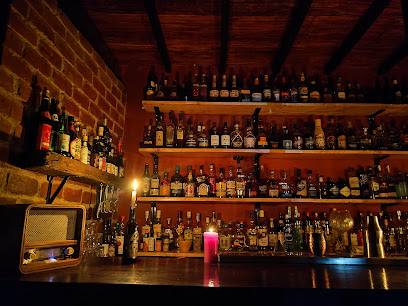
CHILL BAR
Discover Chill Bar in Huanchaco, a cozy bar offering delicious cocktails and stunning ocean views, perfect for a relaxing evening.
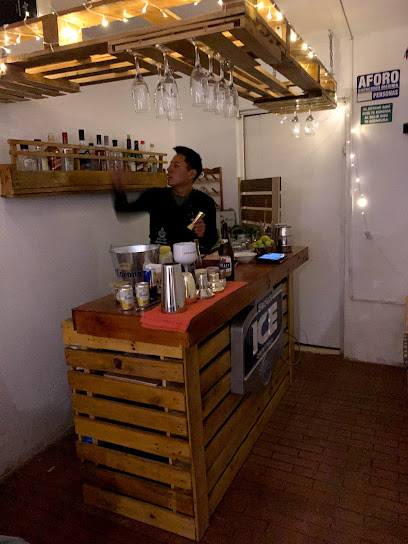
Local Phrases
-
- HelloHola
[o-la] - GoodbyeAdiós
[a-di-ós] - YesSí
[sí] - NoNo
[no] - Please/You're welcomePor favor/De nada
[por fa-vor/de na-da] - Thank youGracias
[gra-cias] - Excuse me/SorryPerdón/Lamento
[per-dón/la-men-to] - How are you?¿Cómo estás?
[¿có-mo es-tás?] - Fine. And you?Bien. ¿Y tú?
[bien. ¿y tú?] - Do you speak English?¿Hablas inglés?
[¿ha-blas in-glés?] - I don't understandNo entiendo
[no en-tien-do]
- HelloHola
-
- I'd like to see the menu, pleaseMe gustaría ver el menú, por favor
[me gus-ta-ría ver el me-nú, por fa-vor] - I don't eat meatNo como carne
[no co-mo car-ne] - Cheers!¡Salud!
[¡sa-lud!] - I would like to pay, pleaseMe gustaría pagar, por favor
[me gus-ta-ría pa-gar, por fa-vor]
- I'd like to see the menu, pleaseMe gustaría ver el menú, por favor
-
- Help!¡Ayuda!
[¡a-yu-da!] - Go away!¡Vete!
[¡ve-te!] - Call the Police!¡Llama a la Policía!
[¡ya-ma a la po-li-cía!] - Call a doctor!¡Llama a un médico!
[¡ya-ma a un mé-di-co!] - I'm lostEstoy perdido
[es-toy per-di-do] - I'm illEstoy enfermo
[es-toy en-fer-mo]
- Help!¡Ayuda!
-
- I'd like to buy...Me gustaría comprar...
[me gus-ta-ría com-prar...] - I'm just lookingSolo estoy mirando
[so-lo es-toy mi-ran-do] - How much is it?¿Cuánto cuesta?
[¿cuan-to cues-ta?] - That's too expensiveEso es muy caro
[e-so es mui ca-ro] - Can you lower the price?¿Puedes bajar el precio?
[¿pue-des ba-jar el pre-cio?]
- I'd like to buy...Me gustaría comprar...
-
- What time is it?¿Qué hora es?
[¿qué ho-ra es?] - It's one o'clockEs la una
[es la u-na] - Half past (10)Las diez y media
[las diez y me-dia] - MorningMañana
[ma-ña-na] - AfternoonTarde
[tar-de] - EveningNoche
[no-che] - YesterdayAyer
[a-yer] - TodayHoy
[hoy] - TomorrowMañana
[ma-ña-na] - 1Uno
[u-no] - 2Dos
[dos] - 3Tres
[tres] - 4Cuatro
[cua-tro] - 5Cinco
[cin-co] - 6Seis
[seis] - 7Siete
[sie-te] - 8Ocho
[o-cho] - 9Nueve
[nue-ve] - 10Diez
[diez]
- What time is it?¿Qué hora es?
-
- Where's a/the...?¿Dónde está un/el...?
[¿dón-de es-tá un/el...?] - What's the address?¿Cuál es la dirección?
[¿cual es la di-rec-ción?] - Can you show me (on the map)?¿Puedes mostrarme (en el mapa)?
[¿pue-des mos-trar-me (en el ma-pa)?] - When's the next (bus)?¿Cuándo es el próximo (autobús)?
[¿cuan-do es el pró-xi-mo (au-to-bús)?] - A ticket (to ....)Un boleto (para ...)
[un bo-le-to (pa-ra ...)]
- Where's a/the...?¿Dónde está un/el...?
History of Huanchaco
-
Huanchaco, located just north of Trujillo, is steeped in history that dates back to pre-Columbian times. This coastal area was inhabited by the Moche civilization, known for their advanced agricultural practices and impressive architectural feats, such as the Huaca del Sol and Huaca de la Luna. The Moche utilized the nearby ocean for fishing, which remains a significant aspect of Huanchaco's culture today.
-
Famous for its traditional fishing techniques, Huanchaco is renowned for the use of *caballitos de totora*, small reed boats crafted from the totora plant that grows in the surrounding wetlands. This ancient practice has been preserved and is still actively used by local fishermen, symbolizing the enduring connection between the community and the sea.
-
With the arrival of the Spanish in the 16th century, Huanchaco began to evolve under colonial influence. The area became a fishing port and a hub for trade along the coast. The colonial architecture, including the Church of Our Lady of the Rosary, showcases the blend of indigenous and Spanish cultures that characterize the region.
-
Huanchaco is often recognized as the birthplace of surfing in Peru, with its consistent waves attracting surfers from around the world. The beach culture that developed here has become a vital part of Huanchaco's identity, promoting tourism and local businesses while celebrating traditional practices.
-
Today, Huanchaco is not only a picturesque beach destination but also a vibrant cultural hub. The annual *Festival de la Marinera* celebrates the region's dance and music heritage, drawing participants and spectators alike. Additionally, the neighborhood has seen significant development in tourism infrastructure, balancing modernity with its rich historical roots.
Huanchaco Essentials
-
Huanchaco is approximately 12 kilometers from the center of Trujillo. To reach Huanchaco from Trujillo, you can take a taxi, which is the most convenient option and takes about 20-30 minutes. Alternatively, local buses and ‘micros’ (minibuses) frequently run from Trujillo's main bus terminal to Huanchaco, costing around 1-2 soles and taking approximately 30-40 minutes.
-
Huanchaco is a compact neighborhood, making it easy to explore on foot or by bicycle. Bicycle rentals are available at various shops along the beachfront. For longer distances, taxis are readily available and inexpensive. Local buses also serve Huanchaco and connect it to Trujillo and other nearby areas.
-
Huanchaco is generally safe for tourists, but standard precautions should be taken. Avoid walking alone at night, especially along the beach. Be cautious in less populated areas and keep your belongings secure. While Huanchaco is not known for high crime rates, petty theft can occur, particularly in crowded places.
-
In case of emergency, dial 911 for police, fire, or medical assistance. There are local clinics in Huanchaco for minor health issues. It's advisable to have travel insurance that covers emergencies. Pharmacies are also available for over-the-counter medications.
-
Fashion: Do wear light, casual clothing suitable for the beach. Avoid flashy jewelry that may attract unwanted attention. Religion: Do respect local customs, especially when visiting churches or temples. Public Transport: Do give up your seat for elderly passengers. Don’t eat or drink on buses. Greetings: Do greet locals with a friendly 'Hola' and a smile. Eating & Drinking: Do try the local ceviche and other seafood specialties. Don’t drink tap water; opt for bottled water instead.
-
To experience Huanchaco like a local, visit the fishermen early in the morning as they return with their catch and enjoy watching the traditional caballito de totora boats. Explore local markets for fresh produce and snacks. Don’t miss the sunset at the beach, a daily ritual for many locals, and try to join a surf class for an authentic experience of Huanchaco's surf culture.
Nearby Cities to Huanchaco
-
Things To Do in Chiclayo
-
Things To Do in Huaraz
-
Things To Do in Piura
-
Things To Do in Loja
-
Things To Do in Lima
-
Things To Do in Cuenca
-
Things To Do in Huancayo
-
Things To Do in Macas
-
Things To Do in Guayaquil
-
Things To Do in Salinas
-
Things To Do in Ambato
-
Things To Do in Ica
-
Things To Do in Ayacucho
-
Things To Do in Tena
-
Things To Do in Iquitos

